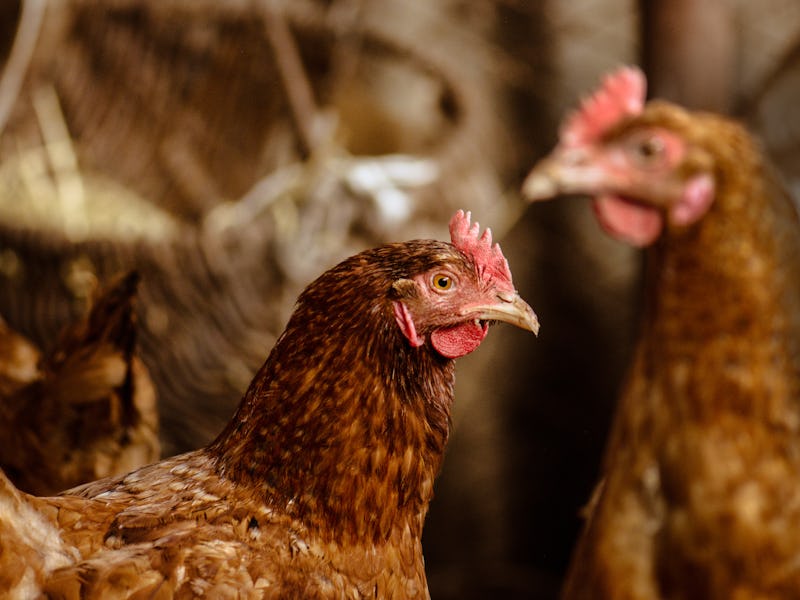Everything you need to know about the current bird flu outbreak in the U.S.
As long as you’re not a bird, you’re probably fine.

Before you drop your head into your hands and moan, “What next?” know that this isn’t something to be immediately concerned about.
In a March 7 report, the Centers for Disease Control and Prevention (CDC) noted that it's been tracking an outbreak of bird flu across the United States. This seems to be the first major outbreak since 2015, the last time the CDC tracked notes tracking the virus. Don’t panic yet. This illness poses a low risk to humans. Here’s what you need to know.
What is bird flu?
This strain of avian flu is known as H5N1, as well as highly pathogenic Asian Avian Influenza A. Bird flu is transmitted in bird droppings, saliva, and nasal secretions. It’s largely blamed on bird migration. As of right now, the outbreak has spread to 24 states. More than 24.8 million birds from commercial and backyard flocks have been put down to prevent the virus’s spread. In the previous outbreak in 2015, more than 50 million birds died. Symptoms in birds include high mortality, a drop in egg production, and disinclination toward eating and drinking water.
This outbreak was first detected in the U.S. in Dubois, Indiana back in February. Dogs, cats, pigs, and horses have also been known to contract the virus.
Is bird flu dangerous to humans?
The CDC does not consider this outbreak to be a high risk to humans. It is primarily a risk to animals.
It is possible for humans to contract H5N1; when they do, it’s serious. It has a 60 percent mortality rate in humans. Still, since November 2003, there have been 700 recorded cases mostly from 15 countries including Asia, Africa, and Europe. When humans do contract this form of bird flu, it affects the respiratory system. Humans will sometimes develop severe illnesses like pneumonia and respiratory failure.
The highest risk factors come from interacting with sick or dead birds that were infected. This virus is not known to transfer between humans, though close contact with birds and bird feces makes the risk much higher.
Another potential concern is that continued spread among feathered friends could allow the virus to mutate and become a higher risk to people. Between that and decimating bird populations, it’s imperative to suppress this virus’ spread.
Those who work with poultry regularly can instate biosecurity measures such as wearing disposable boots and clothes, regularly sanitizing equipment after use, and preventing direct contact of hands or face with the bird.
Can I still eat eggs and poultry?
Yes! Bird flu isn’t contagious by eating poultry and eggs. Do cook your eggs all the way through, and cook your poultry until it’s 165 degrees Fahrenheit internally. Be sure to handle raw poultry and egg carefully so as to not contaminate other ingredients, your surroundings, or your hands and face with surface bacteria. For more information, you can see the United States Department of Agriculture’s frequently asked questions on bird flu from 2015.
This article was originally published on